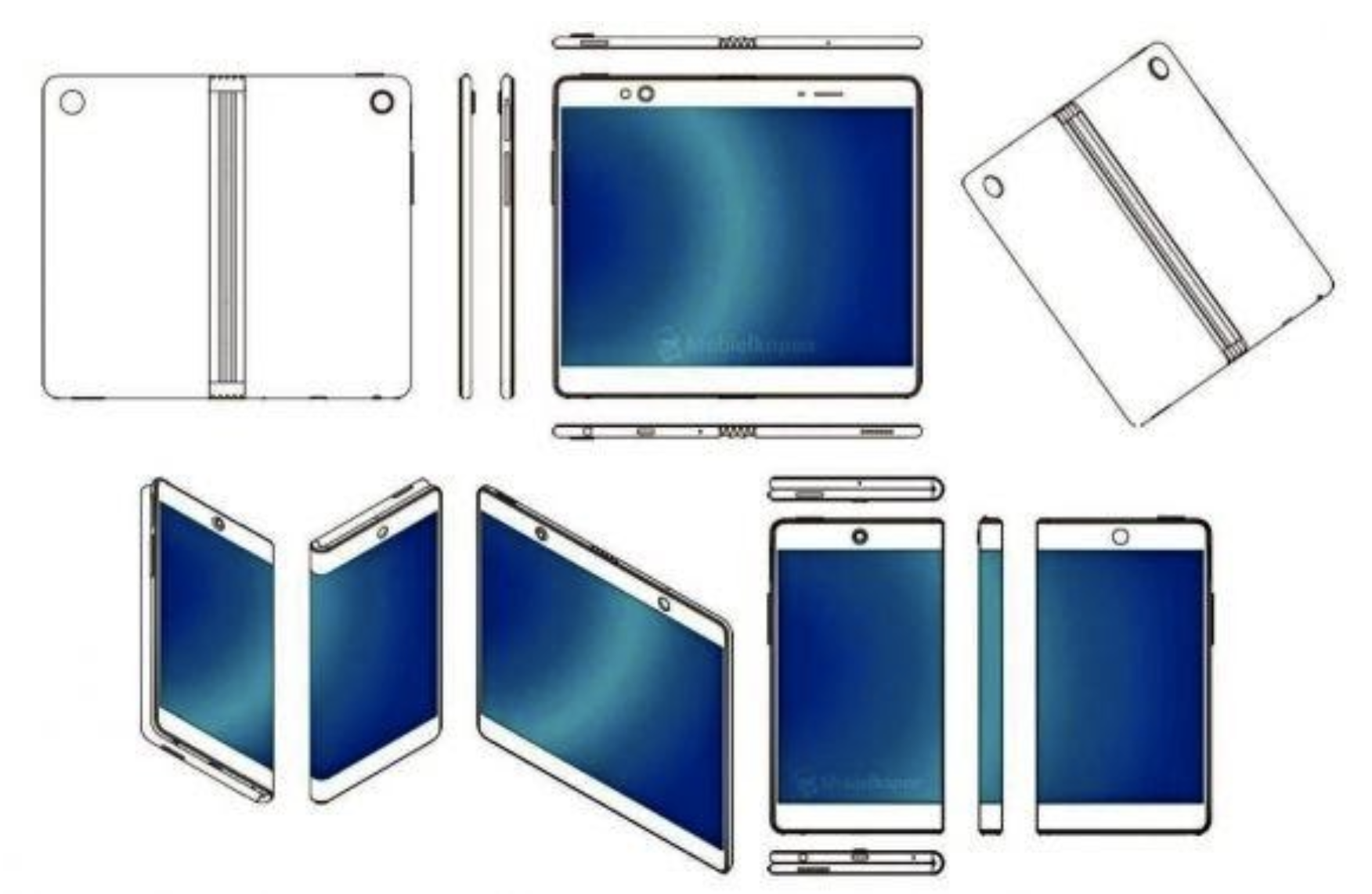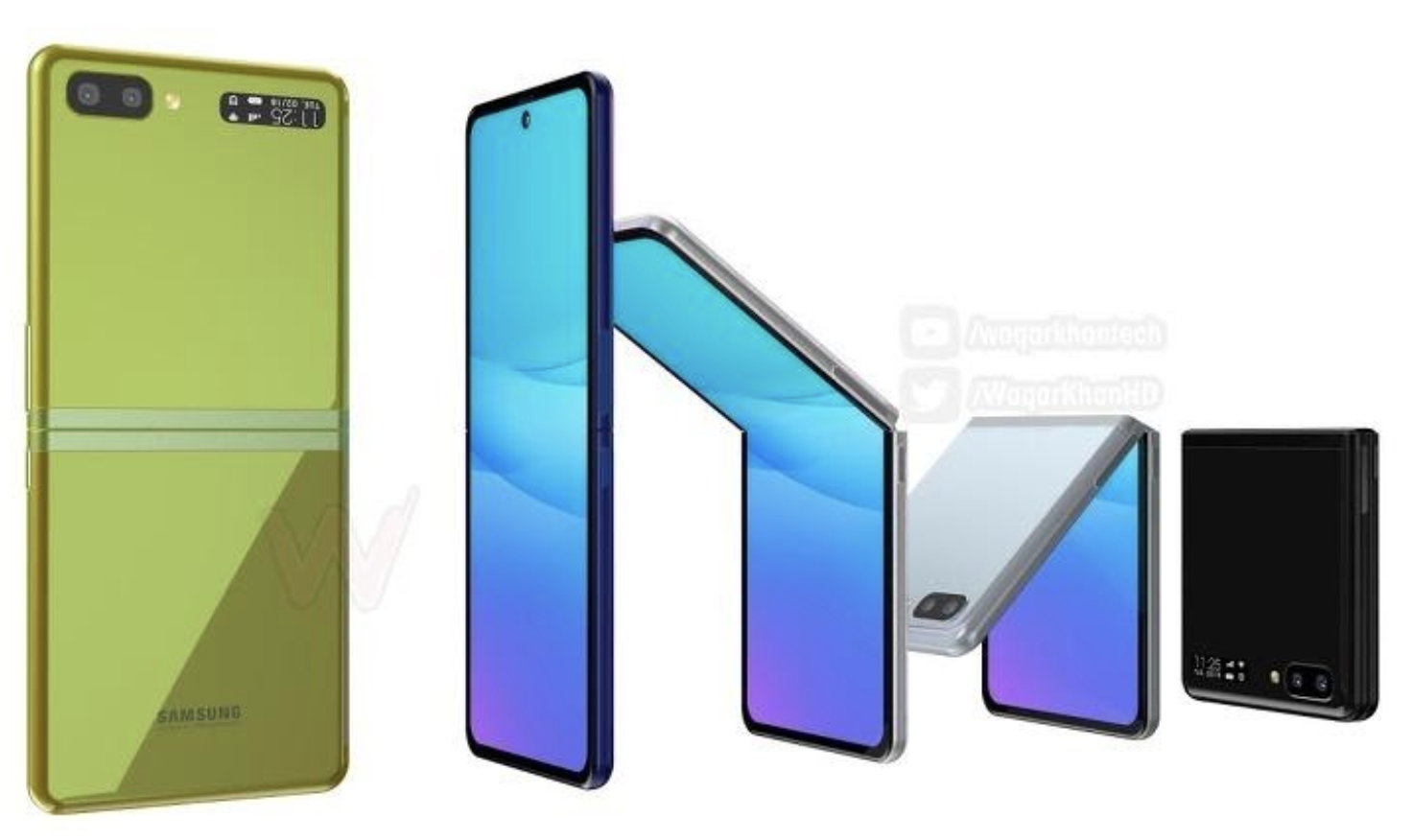The mobile world has been changing since the first iPhone came out. Faster processors, larger memory, and bigger screens coming out each year have shown unstoppable advances in the capabilities of devices.
Each one of these changes has also impacted what customers are able to do with their devices and what apps can offer. This has led to constant modifications and adaptations as new ways and more options are available to users who are prone to take advantage of any new functionality that makes their lives easier as they go about their daily activities.
The latest of these changes, and probably the biggest in the last several years, relates to a form-shifting factor: foldable phones.
Form Factor
Foldable phones imply a huge change in the real estate that apps could use as well as in their multitasking capacities.
A device that can change from regular size to phablet size - and in some cases, from regular size to splitting its screen into two parts - will multiply the possibilities of how an app could be used as well as how the user could interact with it and with other apps at the same time.
Since the first foldable phone appeared (Royole FlexPai) around a year and a half ago, new devices have shown up and fall into two categories:
Phone unfolding to phablet size: this was the first wave, starting with the Royole FlexPai; it includes the Huawei Mate X, the Samsung Galaxy Fold, and the Microsoft Surface Duo. The foldable system of these devices works similarly to how it’s shown in the following image.

Foldable phone. Digital image. Imagination Factory. 12/2/2018. http://imagination--factory.blogspot.com/2018/12/2-mwc-2019.html
Phone folding to half its size: includes the Motorola Razr and Samsung Galaxy Z Flip. These devices work as shown in the following image.

Samsung Galaxy Z Flip. Digital Image. Leaderyou. 1/1/2020. https://www.leaderyou.co.kr/6683
These characteristics imply an important change that designers and developers must take into account while creating new apps and while adapting current apps to these devices.
App Considerations
Real Estate
Currently, apps adjust to portrait or landscape view. Some apps circumvent this by forcing only portrait views. However, when it comes to foldable phones, apps can no longer avoid adjusting to new screen ratios and displaying information in different formats.
The first category of foldable phones move seamlessly from traditional phone to bigger screen, merging phone and tablet in one device. This makes it possible to display apps on bigger screens or split the view for using more than one screen. The second category will allow for a natural split, dividing app functionality into two smaller screens.
Product Owners and UX/UI specialists will need to work to find new ways to share information and how this can be done in a way that takes advantage of these different formats. But beyond sharing information, they will have to figure out how the app will interact or flow through the screens or when using a split view.
Developers need to take care when implementing these new flows and views. These need to adapt accordingly depending on how the devices are being displayed without creating problems for the user. Besides, since each device’s fold/unfold movement could represent a change in data, developers will need to define how that data will be retrieved and kept.
All this means more testing will be needed. Not only will different versions of an app require testing but it will also need to be tested on the same phone with potential different views as well as with different UX/UI and different data. Consequently, a well defined automated testing suite will be required since it will help to give special focus on functional testing for specific cases.
Multi-Tasking
With foldable phones, the possibility of having more than one app running at the same time will be more demanding. For example, users would be able to watch the Academy Awards on one screen and have their Twitter or chat active on the other screen so they can discuss the show as it airs, all on the same device. In another instance, a user could be browsing an online store on one screen while, on the other, holding a video call with their wife or husband, discussing what they want to buy.
Apps owners and UX/UI experts need to start thinking even more about complementary apps and how information could be shared between them.
Developers will need to optimize apps so that sharing resources run without any hiccups for the end-user.
In regards to testing, a deeper emphasis on performance testing for each app will be necessary.
Android Support
Google is providing native support for foldable phones on Android. This helps developers since it gives them a guide on how to implement some of the new functionalities that the foldable form factor provides.
Android 10 (API level 29) comes with support for different folding patterns like App continuity, new screen ratios, multi-windows, multi-display, and multi-resume (https://developer.android.com/guide/topics/ui/foldables). It also provides foldable emulators so everything that will be deployed can be tested.
For any developer and tester, it is important to know about these patterns in order to support the Product Owner and UX/UI specialists when making decisions on what is possible, what is not, and what it means to implement it.
Conclusion
Since the Royole FlexPai phone hit the market, there has been a clear trend from the biggest manufacturers to follow foldable phone creation as the next big change that will impact not only how phones look but how they are used.
Currently, not many options are available. The high prices as well as the hardware show some problems but as time passes - as we have learned from hardware changes in the past - the technology will become more robust and prices will scale down, which will make foldable phones an important player in the market.
This change will happen sooner rather than later and any company that wants to stay relevant must consider its impact on current and new application design, development, and testing. Now is the time to start changing since waiting until tomorrow may prove more expensive.




